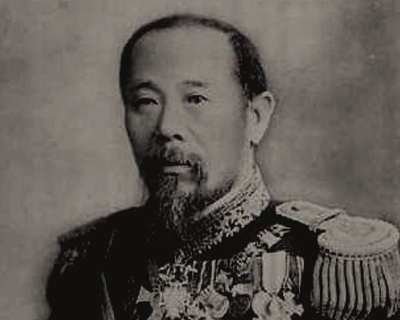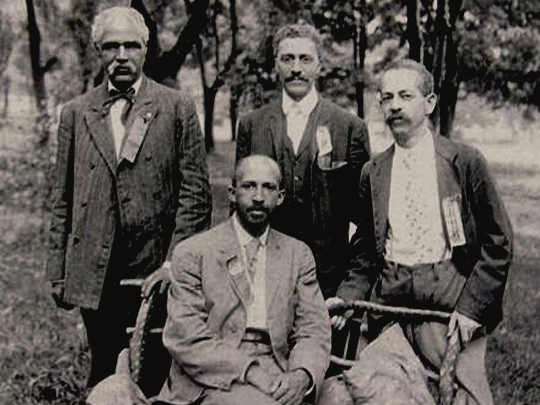Wikimedia Commons / CC-BY-SA-3.0 / GFDL
1 – NAACP was formed in the U.S.
The NAACP (National Association for the Advancement of Colored People) was an African-American civil rights organization in the United States, formed on 12 February 1909 by Moorfield Storey, Mary White Ovington, and W. E. B. Du Bois.
The group had been established on the back of the lesser-known ‘Niagara Movement’, which was organized in 1905 to oppose racial segregation and disenfranchisement. Some of the 29 Niagara Movement founders are seen above.
The NAACP’s mission was “to ensure the political, educational, social, and economic equality of rights of all persons and to eliminate racial hatred and racial discrimination”.
The group enlarged its mission in the late 20th century by considering such things as police misconduct, the status of black foreign refugees, and questions of economic development.
The Race Riot of 1908 in Springfield, Illinois, the state capital and President Abraham Lincoln’s hometown, showed the urgent need for an effective civil rights organization in the U.S. The rate of lynchings of black men at the turn of the century was also at a high.
By 1914, the group had 6,000 members and 50 branches. It played an influential role in winning the right of African-Americans to serve as officers in World War I. With James Weldon Johnson playing an instrumental role, membership grew to 90,000 by 1920.
The NAACP devoted its time during the interwar years to fighting the lynching of blacks throughout the United States by working for legislation, lobbying and educating the public.
As of 2016, it has a membership of 300,000 people.
2 – Assassination of Itō Hirobumi, Resident-General of Korea and former Japanese Prime Minister

In 1885 Itō became Japan’s first Prime Minister, an office his constitutional bureau had introduced.
He went on to hold the position four times and wielded considerable power even out of office as the occasional head of Emperor Meiji’s Privy Council.
The Japan–Korea Treaty of 1905 made Itō the first Japanese Resident-General of Korea.
He supported the sovereignty of the indigenous Joseon monarchy as a protectorate under Japan, and in 1909 was forced to resign his position by the increasingly powerful Imperial Japanese Army, which instead favored the total annexation of Korea.
On October 26th, Itō arrived at the Harbin Railway Station, for a meeting with Vladimir Kokovtsov, a Russian representative in Manchuria.
There An Jung-Geun, a Korean nationalist and independence activist, fired six shots, three of which hit Itō in the chest. He died shortly after.
His assassination is believed to have accelerated the path to the Japan-Korea Annexation Treaty, something he had opposed.
3 – German bacteriologist Paul Ehrlich finds a cure for syphilis

Paul Ehrlich was looking for a cure or treatment for ‘sleeping sickness’, a disease caused by a microbe. He found that a chemical called Atoxyl worked well but was a fairly strong arsenic compound, and arsenic was poisonous.
Ehrlich began an exhaustive search for an arsenic compound that would prove to be a ‘magic bullet’, killing the microbe but not the person.
In 1909, after testing over 900 different compounds on mice, Ehrlich’s colleague Sahachiro Hata went back to #606.
It didn’t do much for the sleeping sickness microbe, but it seemed to kill another microbe, the one which causes syphilis.
At that time, syphilis was one of the most lethal and infectious diseases in Europe. Ehrlich and Hata tested #606 on mice, guinea pigs and rabbits with syphilis. They achieved complete cures within three weeks, with no dead animals.
In 1910 the drug called Salvarsan was released. It was an almost immediate success and was sold all over the world.
It spurred Germany to become a leader in chemical and drug production. And it made syphilis a curable disease.
